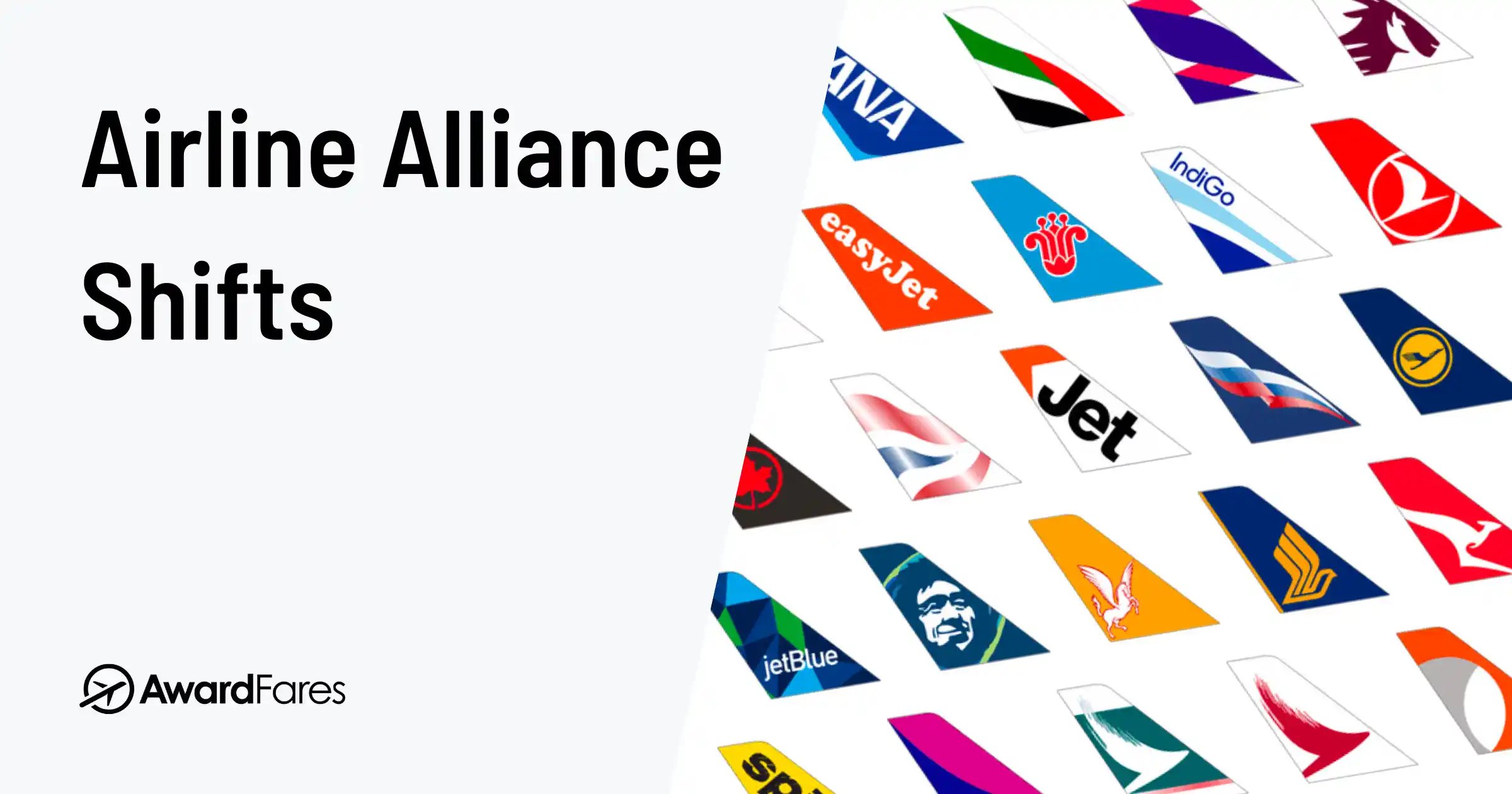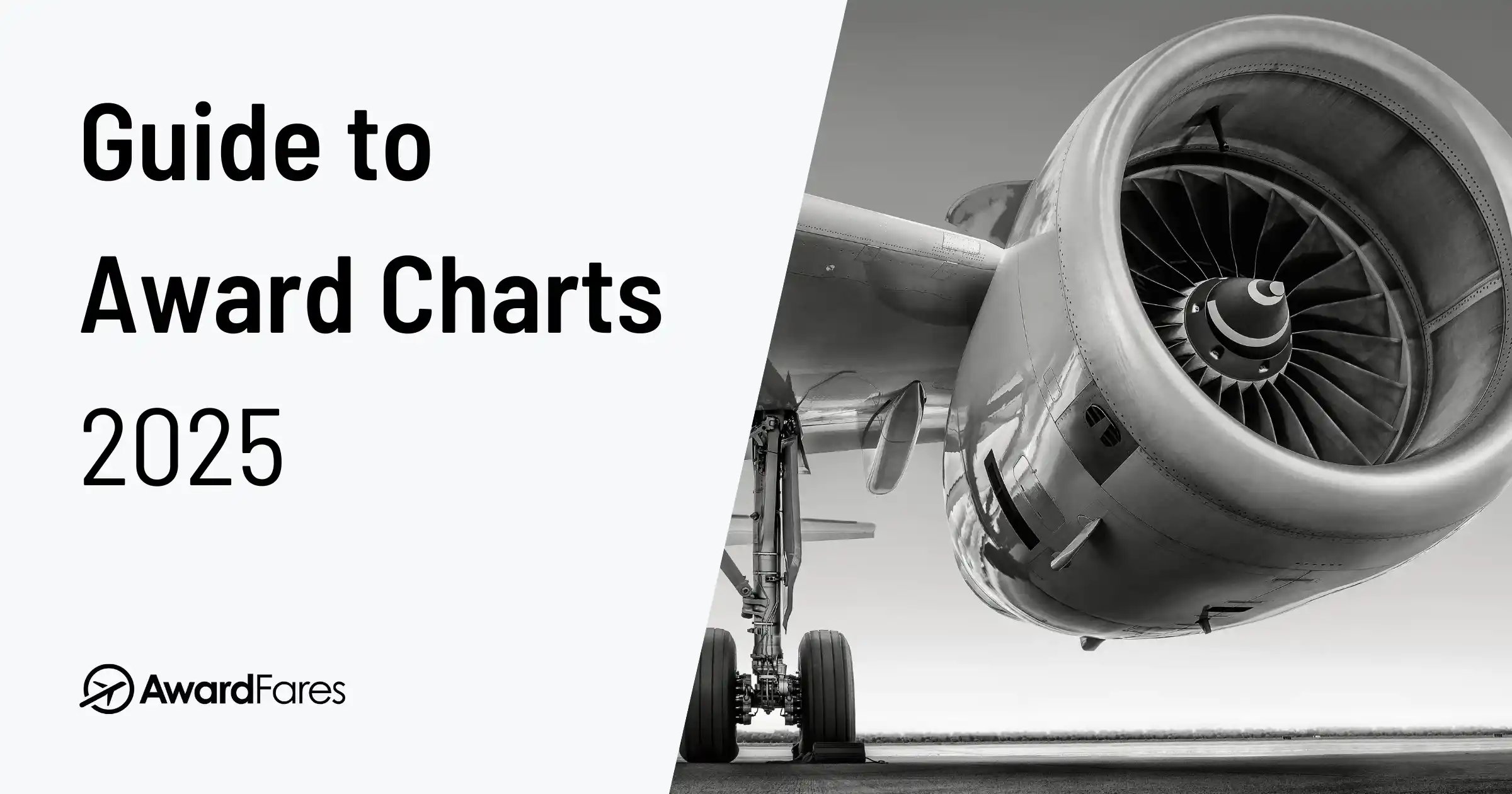Airline Alliances, which are essentially partnerships between airlines, have been a cornerstone of the industry since the 1990s. They offer mutual benefits for airlines, from marketing to operational cooperation, which translates into more seamless travel experiences for passengers.
Over the years, however, several airlines have shifted allegiances, changed alliances, or even decided to go it alone. In this article, we look a bit at the history of these moves, looking at notable instances of airlines that have changed or left alliances.
We also show how AwardFares can be your perfect companion tool when these changes happen, helping you make more informed decision as a frequent flyer program member, and protecting the value of your points or miles. Let’s start!
Contents
- What Is An Airline Alliance?
- What Airlines Have Changed Alliances?
- Quick Comparison: Star Alliance vs. SkyTeam vs. Oneworld
- AwardFares: A Perfect Companion To Protect From Change
- Maximizing the Value of Your Miles
- Related Posts
What Is An Airline Alliance?
Airline alliances are strategic partnerships between airlines that allow them to cooperate on various aspects of their business, such as codesharing, frequent flyer programs, and airport lounge access. These alliances can provide significant benefits to both airlines and passengers, but they are not always permanent. Over the years, there have been a number of airlines that have changed or left alliances for a variety of reasons.
What Airlines Have Changed Alliances?
There are a number of reasons why airlines might change or leave alliances. Some of the most common reasons include changes in business strategy, financial considerations, geopolitical factors (e.g., Aeroflot and S7 Airlines were suspended from their respective alliances due to the Russian invasion of Ukraine), and even bankruptcy.
1. Star Alliance
Launched in 1997, Star Alliance is the world’s first and largest airline alliance. While many airlines have joined and found success within this alliance, a few have also departed:
- Varig: Once a leading Brazilian carrier, Varig was the first South-american member but left in 2007 due to financial difficulties.
- Adria Airways: Joined in 2004, left in 2019 due to ceased operations.
- Ansett Australia: This Australian airline ceased operations in 2001, leading to its departure from the alliance.
- Blue1: Left the alliance on 1 November 2012 after SAS took over mainline operations, was a member affiliate of Scandinavian Airlines, and is now a part of CityJet.
- Mexicana de Aviación: Left the alliance in 2004 after deciding not to renew a codeshare alliance with United Airlines, opting instead to codeshare with American Airlines. Ceased operations on 28 August 2010.
- British Midland International: Merged into British Airways, an International Airlines Group division and a Oneworld member, in 2012.
- Shanghai Airlines: Initially joined Star Alliance in 2007, but left in 2010 after its merger with China Eastern Airlines, which is a member of SkyTeam.
- Spanair: Ceased operations in 2012.
- TACA Airlines: Merged with Avianca on 27 May 2013; renamed Avianca El Salvador.
- TAM Airlines: Merged with LAN Airlines, an ex Oneworld member, on 30 March 2014.
- US Airways: Merged with American Airlines on 30 March 2014.
- Scandinavian Airlines SAS: One of the founding members of Star Alliance, the airline left Star Alliance and joined SkyTeam in 2024 after being acquired by Air France-KLM and others.
- ITA Airways (ongoing). The airline that took over Alitalia, joined SkyTeam in 2021, but has announced it will switch to Star Alliance by 2026 after being acquired by Lufthansa Group.
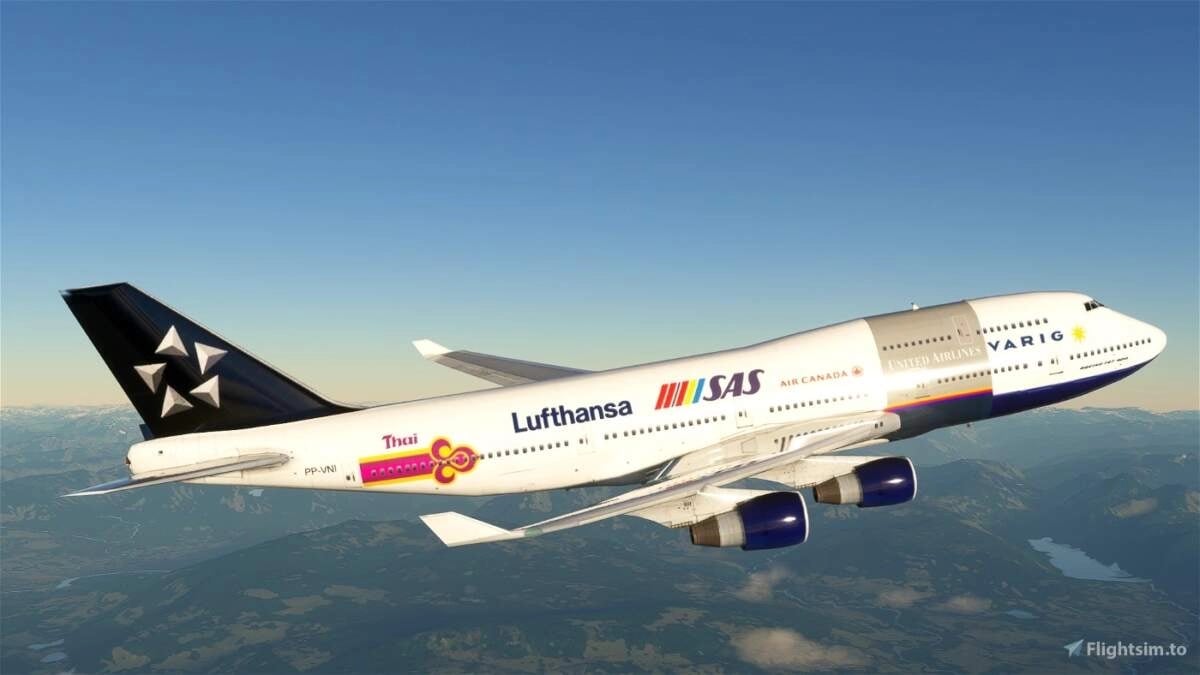
Image: VARIG was a member of Star Alliance. Image from Flightsim.to.
2. SkyTeam
SkyTeam is one of the three major airline alliances, along with Star Alliance and Oneworld. It was founded in 2000 and currently has 19 member airlines (with one leaving in 2025). Several airlines have left SkyTeam over the years, including:
- Aeroflot: Aeroflot, the flag carrier of Russia, was suspended from SkyTeam in March 2022 due to the Russian invasion of Ukraine.
- Middle East Airlines: Middle East Airlines, the flag carrier of Lebanon, was suspended from SkyTeam in March 2023 due to concerns about its safety standards.
- China Southern Airlines: One of the major carriers of China, it announced its departure from SkyTeam in 2018, effective by the end of 2019. As of 2023, it hasn’t joined another major alliance but has focused on bilateral partnerships and the intention to join Oneworld.
- Continental Airlines: Originally a SkyTeam member, it left in 2009 to join Star Alliance, following its merger with United Airlines.
- Copa Airlines: Copa Airlines, a Panamanian airline, left SkyTeam in 2009 to join Star Alliance.
- Northwest Airlines: Northwest Airlines, a major US airline, merged with Delta Air Lines in 2008. Delta is a member of SkyTeam, so Northwest effectively left the alliance when it merged with Delta.
- Aerolíneas Argentinas: Argentina’s national airline wasn’t part of any alliance and joined SkyTeam in 2012.
- Alitalia: Ceased operations in 2021 after decades of financial struggles.
- ITA Airways (ongoing). The airline that took over Alitalia, joined SkyTeam in 2021, but has announced it will switch to Star Alliance by 2026 after being acquired by Lufthansa Group.
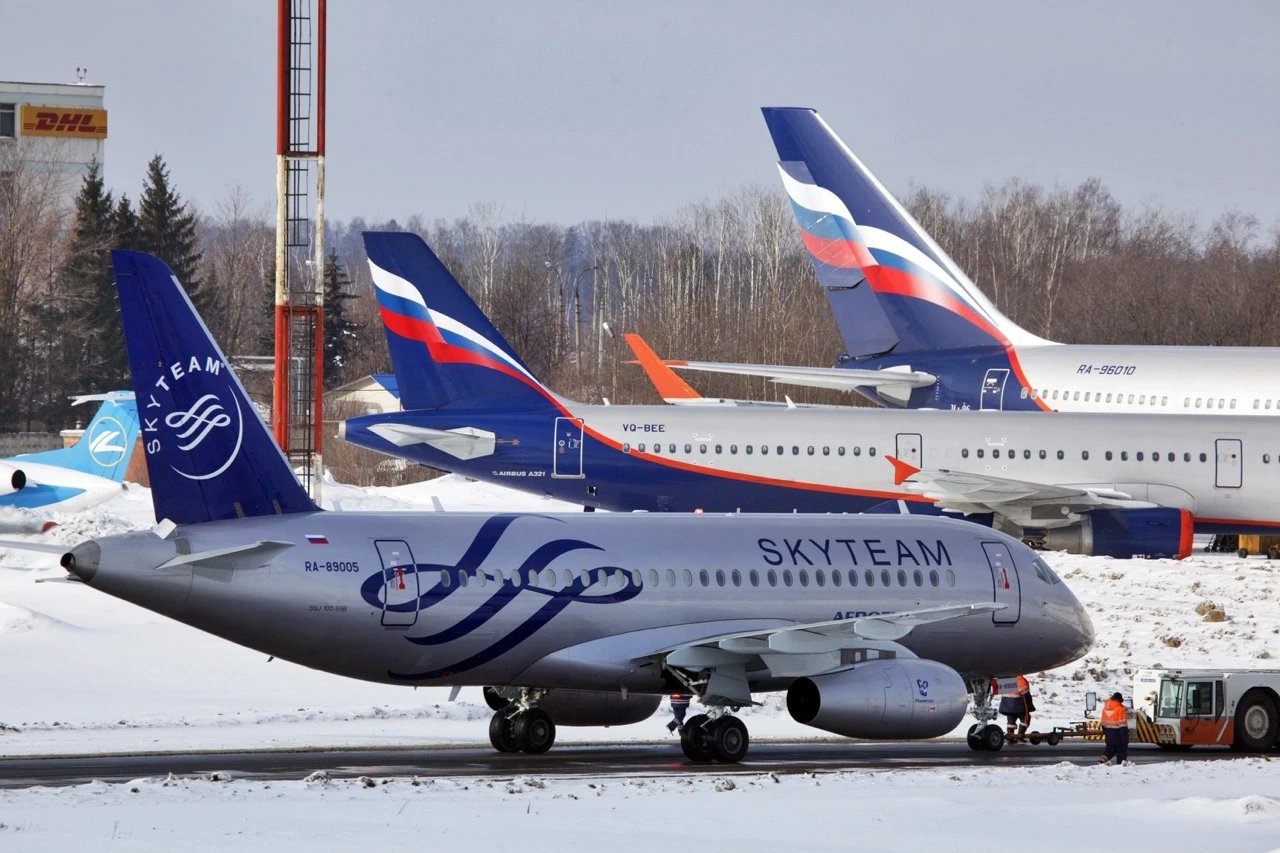
Image: Aeroflot, a suspended member of SkyTeam. Image from Wikipedia.
3. Oneworld
Oneworld is another major airline alliance, with 15 member airlines and 2 joining in 2025. Founded in 1999, Oneworld has a reputation for having a tight-knit group of member airlines. Nonetheless, it hasn’t been exempt from changes. Several airlines have left Oneworld over the years, including:
- Air Berlin: Air Berlin, a German airline, ceased operations in 2017.
- Canadian Airlines: Canadian Airlines was acquired by Air Canada in 2000. Air Canada is a member of Star Alliance, so Canadian Airlines effectively left Oneworld when it was acquired by Air Canada.
- LATAM Brasil and LATAM Chile: LATAM Brasil and LATAM Chile, the two largest airlines in South America, left Oneworld in 2020.
- Malév Hungarian Airlines: Malév Hungarian Airlines, the flag carrier of Hungary, ceased operations in 2012.
- Mexicana de Aviación: Joined Oneworld in 2009 but had to leave in 2010 due to bankruptcy.
- S7 Airlines: S7 Airlines, a Russian airline, was suspended from Oneworld in March 2022 due to the Russian invasion of Ukraine.
- US Airways: US Airways, a major US airline, merged with American Airlines in 2013. American is a founding member of Oneworld, so US Airways effectively left the alliance when it merged with American.
- Aer Lingus: Joined Oneworld in 2000 but decided to leave in 2007. However, following its acquisition by IAG (International Airlines Group), there has been speculation about its rejoining.
- Fiji Airways: Previously a oneworld Connect partner, is set to become a full member in 2025, expanding the alliance’s reach in the Pacific region.
- Oman Air: Scheduled to join the alliance by June 30, 2025, enhancing connectivity in the Middle East.
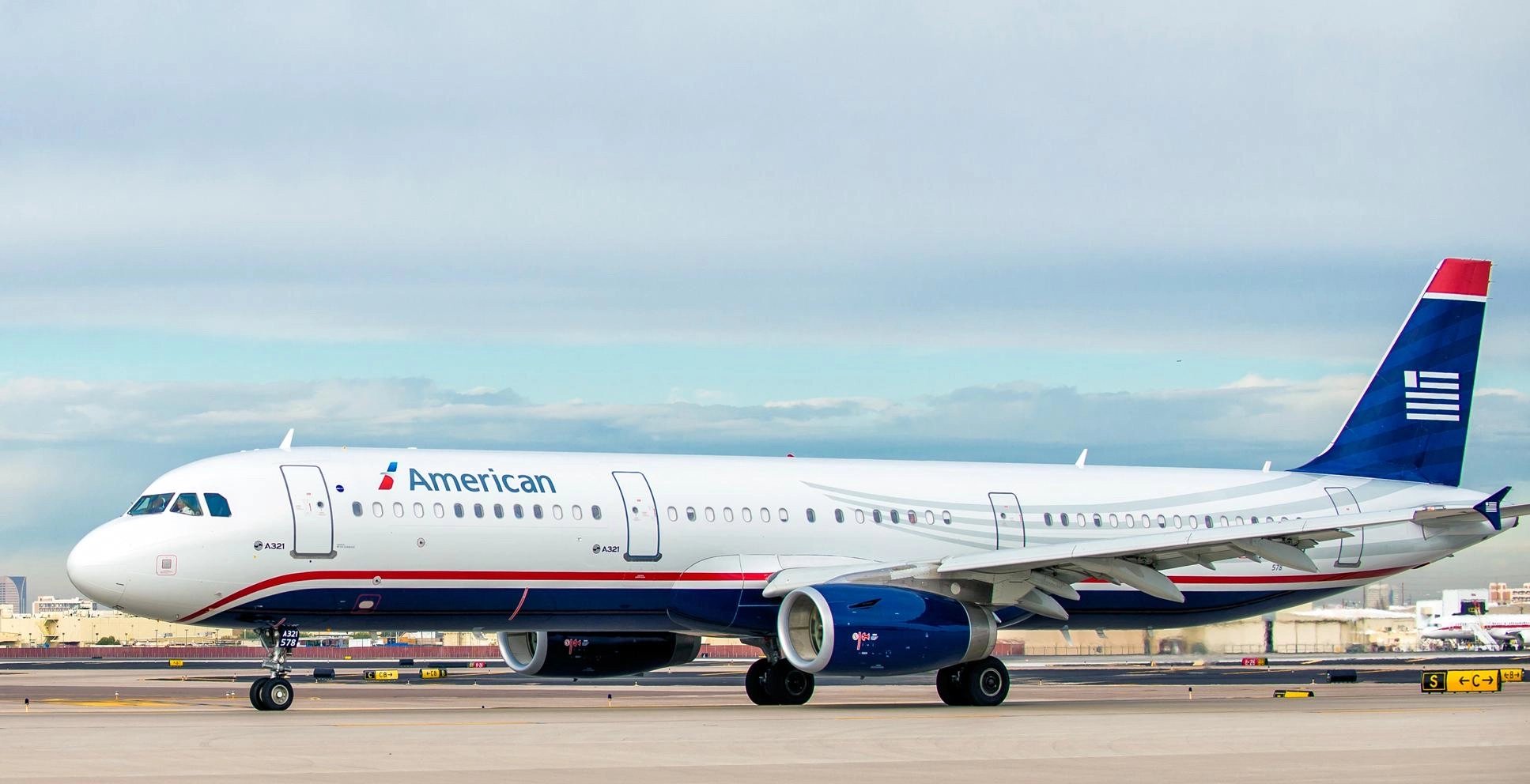
Image: US Airways was part of Star Alliance, before being acquired by American Airlines and joining OneWorld. Image from X.
Quick Comparison: Star Alliance vs. SkyTeam vs. Oneworld
| Feature | Star Alliance | SkyTeam | Oneworld |
|---|---|---|---|
| Founded | 1997 | 2000 | 1999 |
| Number of Airlines | 26 (1 joining in 2026 ) | 18 | 17 (2 joining in 2025) |
| Headquarters | Frankfurt, Germany | Amsterdam, Netherlands & Beijing, China | New York City, USA |
| Notable Members | United Airlines, Lufthansa, Air Canada, Singapore Airlines, ANA | Delta Air Lines, Air France, KLM, Korean Air, Aeroflot | American Airlines, British Airways, Qantas, Cathay Pacific |
| Countries Served | 195 | 175 | 170 |
| Combined Destinations | 1,330+ | 1,052+ | 1,042+ |
| Fleet Size | 5004 | 3,546 | 3,400 |
| Passengers Carried Annually | 754 Million | 630 Million | 528 Million |
| Coverage | Strong presence in North America, Europe, and Asia-Pacific. | Good coverage in Europe, North America, and Asia. | Strong presence in North America, Europe, and Asia-Pacific. |
| Lounges | Access to 1,000+ Star Alliance lounges worldwide for eligible passengers. | 750+ SkyTeam lounges worldwide for eligible passengers. | 650+ Oneworld lounges worldwide for eligible passengers. |
| Joint Ventures/Cooperation | Numerous joint ventures like Lufthansa Group-United Airlines-Air Canada for transatlantic routes. | Examples include Air France-KLM-Delta for transatlantic routes. | Several joint ventures such as American Airlines-British Airways-Iberia for transatlantic flights. |
| Milestones | World’s first and largest airline alliance. | First to introduce a standardized alliance-wide (SkyPriority) airport service branding. | Known for its high-quality carriers and close cooperation between members. |
When it comes to Elite Status, most airlines within the alliance need to align to different tiers established by the alliance. Qualification requirements and benefits must also be similar.
Note that while Star Alliance and SkyTeam only distinguish two elite tiers (besides their entry level), many of their programs have more than one high-end tier.
| Elite Status | Star Alliance | SkyTeam | Oneworld |
|---|---|---|---|
| Tiers | Silver, Gold | Elite, Elite Plus | Ruby, Sapphire, Emerald |
| Qualification | 25,000 - 100,000 miles flown | 25,000 - 150,000 miles flown | 20,000 - 60,000 Tier Points earned |
| Benefits | Priority check-in, boarding, and baggage handling; lounge access; extra baggage allowance; mileage bonuses | Priority check-in, boarding, and baggage handling; lounge access; extra baggage allowance; mileage bonuses | Priority check-in, boarding, and baggage handling; lounge access; extra baggage allowance; mileage bonuses |
AwardFares: A Perfect Companion To Protect From Change
Airline alliances are constantly evolving, and it is not uncommon for airlines to change or leave alliances. When an airline changes or leaves an alliance, it can have a significant impact on passengers. Passengers may lose access to codesharing benefits, frequent flyer program perks, and airport lounge access. In some cases, passengers may also have to change their travel plans if their preferred airline is no longer part of the alliance they are used to flying with.
The good news is that AwardFares can help you protect from these situations, helping with plans well in advance, reacting fast to changes and securing award trips at good redemption rates.
Here are 5 things AwardFares can help you with:
1. Options and Availability
In the event that an airline leaves or switches alliances, AwardFares can help you identify alternate airlines within your current alliance that offer award seats, ensuring that your accumulated miles or points remain usable.
2. Quick Action
With real-time tracking and alerts, you can be notified of award seat availability and act right away, especially useful if there’s a surge in bookings or changes due to the airline’s decision.
3. Optimizing Your Points Value
By comparing award availability across multiple airlines, these tools allow you to get the best value for your miles, ensuring you aren’t shortchanged by your airline’s decision to switch alliances.
Make sure you check our latest guide on How To Find Cheap Award Flights with AwardFares.
4. Avoiding Expiry
If an airline leaves an alliance, there might be limitations or changes in how you can redeem accumulated miles. AwardFares can help you utilize these miles before they potentially expire or decrease in value.
5. Strategic Planning
If you know in advance that an airline is considering leaving an alliance, you can use such tools to plan and book award flights more strategically, ensuring that you utilize benefits while they’re still in place.
Maximizing the Value of Your Miles
Imagine flying to Paris in a lie-flat business class seat for the price of an economy ticket. On average, AwardFares premium users get 3x-7x more value from their points, regularly booking $5,000+ flights at a fraction of the cost.
AwardFares is the easiest way to find the cheapest and most convenient award flights across multiple frequent flyer programs. It takes just seconds and a few clicks to get started. You can create an account and try it for free here.
For access to even more powerful features like unlimited daily searches, alerts, seat maps, and flight schedules, explore our Gold and Diamond membership tiers here.
Read More
Our guides have all the information you need to be a pro travel hacker and explore the world on points. Here are some related posts you might enjoy:
 Aeromexico Rewards
Aeromexico Rewards Air Canada Aeroplan
Air Canada Aeroplan
 Air France / KLM Flying Blue
Air France / KLM Flying Blue Alaska MileagePlan
Alaska MileagePlan American Airlines AAdvantage
American Airlines AAdvantage Azul Fidelidade
Azul Fidelidade Delta SkyMiles
Delta SkyMiles Etihad Guest
Etihad Guest GOL Smiles
GOL Smiles Jetblue TrueBlue
Jetblue TrueBlue SAS EuroBonus
SAS EuroBonus Turkish Miles&Smiles
Turkish Miles&Smiles United MileagePlus
United MileagePlus Virgin Atlantic Flying Club
Virgin Atlantic Flying Club Virgin Australia Velocity
Virgin Australia Velocity